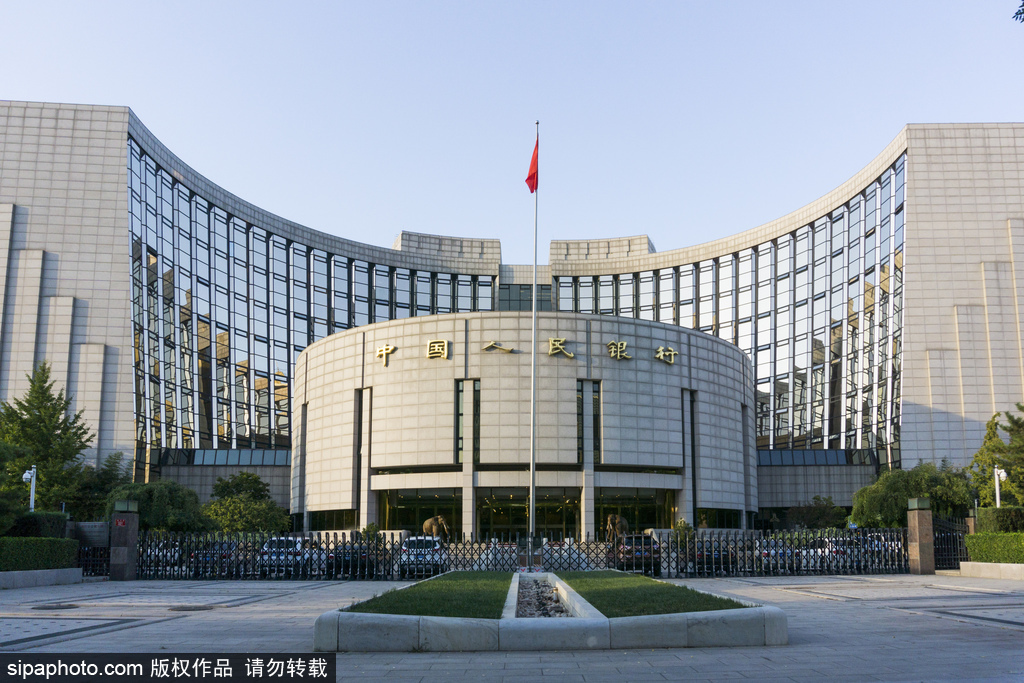Central bank to focus on strengthening real economy
By Zhou Lanxu | China Daily | Updated: 2020-09-30 09:15

The People's Bank of China, the central bank, will take more steps to ensure that its monetary policy mechanism reaches the desired target audience and boosts the real economy, while reducing financial risks, according to experts.
The PBOC said in a statement on Monday that China will "leverage multiple policy tools to substantially reduce the comprehensive financing costs" and deepen market-oriented reforms to further the decline in lending rates and guide financial institutions to strengthen support for the real economy.
The statement was issued after the quarterly meeting of the PBOC monetary policy committee, often seen as the yardstick for its policy directions during the last three months of the year. The experts said that the PBOC may also adopt a cautious stance on further interest rate cuts during the next few months.
Compared with the last version published in late June, the statement has removed the wording of "intensifying macro policy adjustment" and "effectively countering the impact of the COVID-19 epidemic on economic growth".
It instead said the PBOC will work to achieve a balance of growth stabilization and risk prevention in the long run and stick with the strategic direction of economic structural adjustment.
Experts said the tweaked wordings indicate that the PBOC will factor in the side-effects of expanding broad-based stimulus in the last quarter of the year, such as increasing debt and inflating property bubbles.
This has made a policy rate cut less likely, especially one on the medium-term lending facility rate, they said.
"As the economy gradually stabilizes, the central bank will need to take care of the risks from rising debt when mulling the aggregate size of easing," said a report from China International Capital Corp, an investment bank.
The PBOC may continue to encourage commercial banks to lower their interest rates for savings, which will create more room for reducing lending rates, the report said.
The statement also reiterated the policy stance of strengthening structural support for small businesses and manufacturers, and said the PBOC will work to ensure that the new financing will focus on the manufacturing sector and medium-sized, small and micro firms.
"Apart from smoothening monetary policy transmission to reduce financing costs, another policy focus will look to impose stringent supervision over the flow of funds to prevent property and financial markets from draining the financing resources meant for small businesses," said Wu Chaoming, deputy dean of the Chasing Institute under Chasing Securities.
Experts also expect the country's direct financing system, or the bond and stock markets, to play a more important role in easing the financing burden, amid the country's reform efforts to diversify the funding channels for businesses.
The exchange bond market, the country's mainstay of bond financing for private, smaller businesses, saw 1.47 trillion yuan ($215.6 billion) worth of net financing from nonfinancial companies over the first eight months of the year, up 0.94 trillion yuan on a yearly basis, the China Securities Regulatory Commission, the top securities regulator, said on Tuesday.
Chen Jia contributed to this story.
























